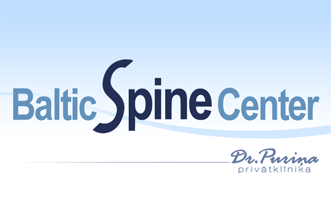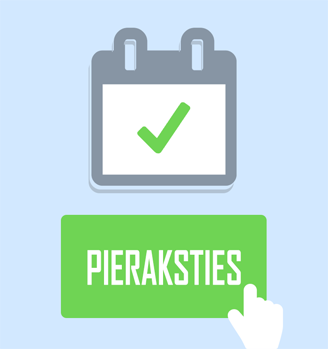Spinal stenosis of the back
Spinal stenosis means that the space between the spinal nerves becomes less than normal and that the nerves can, therefore, be affected. The causes of spinal stenosis are age-related changes in intervertebral disks, joints, and ligaments that surround the vertebral canal which contains the nerves. These changes can cause strictures of one or several places and be combined with dislocation of vertebra or joints that have also arisen during life. The treatment depends mainly on the strictures’ location and how extensive they are.
Symptoms and examination of spinal stenosis
The typical symptoms of the spinal stenosis is a pain in one or
both legs which makes it difficult to walk long distances, the so-called
“neurogenic claudication”. The pain usually disappears after a while
if the person takes a seat and rests. Other symptoms that may occur are
numbness in the legs, decreased strength in the legs and back pain. Some
patients with spinal stenosis think that it helps to bend forward or, for
example, to lean on a grocery cart while shopping. The symptoms of spinal
stenosis may vary over time, becoming better or worse from time to time. If the
symptoms significantly affect daily life and its quality, it should be
examined.
Examination of the
suspected spinal stenosis consists of magnetic resonance imaging of the spinal
column. Your general practitioner can refer you to such an examination if you
have symptoms of the suspected spinal stenosis.
Spinal stenosis treatment and operation
If you have mild symptoms of spinal stenosis, training can primarily be chosen upon the consultation with the physiotherapist. If that treatment is not sufficient, another option can be a surgery, as long as the symptoms that you have, affect seriously your daily activities and you need to take anesthetics. The operation aims to widen the area in the spinal column where the nerves are strangulated. It is usually done by removing some parts of the intervertebral disks, ligaments, and joints. If more areas are strangulated, the operation can be done on several levels of the spinal column. Usually, it is not necessary to perform the spinal fusion surgery but it must be assessed on a case-by-case basis depending on the location of the strangulation.
Hospital stay
You come to us on the day of the operation. The inpatient stays in the hospital is usually 1-2 days.
Risks and complications
The surgical risk is low and the most
common complication is superficial wound infection which can be treated with
antibiotics. Other complications of the spinal stenosis surgery are the break
of the nerve membrane and the cerebrospinal fluid leak. The break heals quickly
but in some cases, it can lead to post-surgical headache during a short period.
The treatment includes the bed rest during 1-2 days after surgery, which
slightly prolongs the normal period of inpatient stay. The results of the
surgery are as good as if you did not leak.
There are some factors which can increase the
risk of complications after surgery. Smoking is one such factor which you can
also control yourself. Therefore, it is a clear advantage if you can stop
smoking already after receiving a referral to us as it will improve the
treatment outcomes. Even if we assess that you do not need an operation and
should be treated differently, the chances for recovery are greater after you
quit smoking.
Sick leave due to surgery
The sick leave period due to the surgery depends, among other things, on the type of your occupation, but usually lasts for 2-6 weeks.




